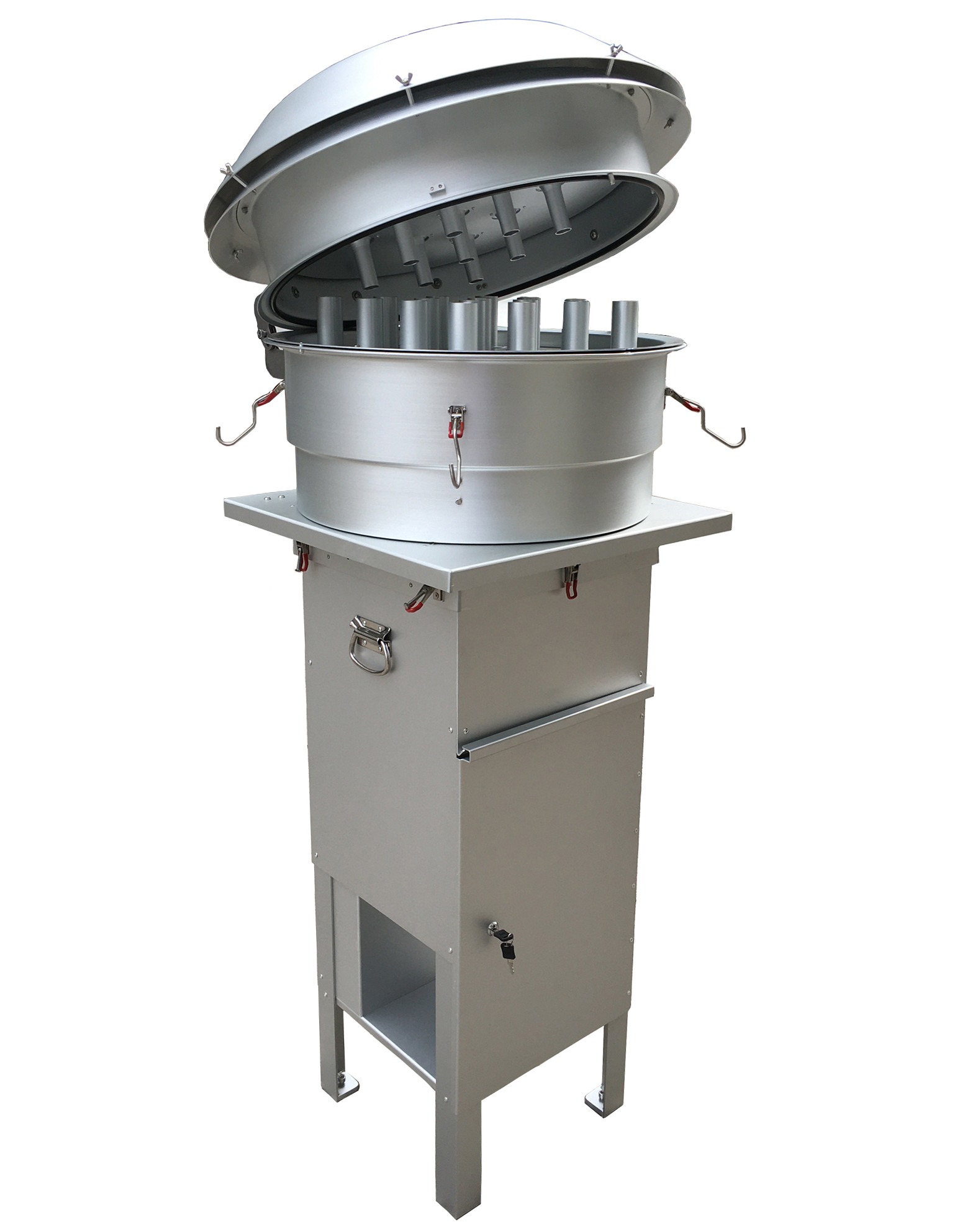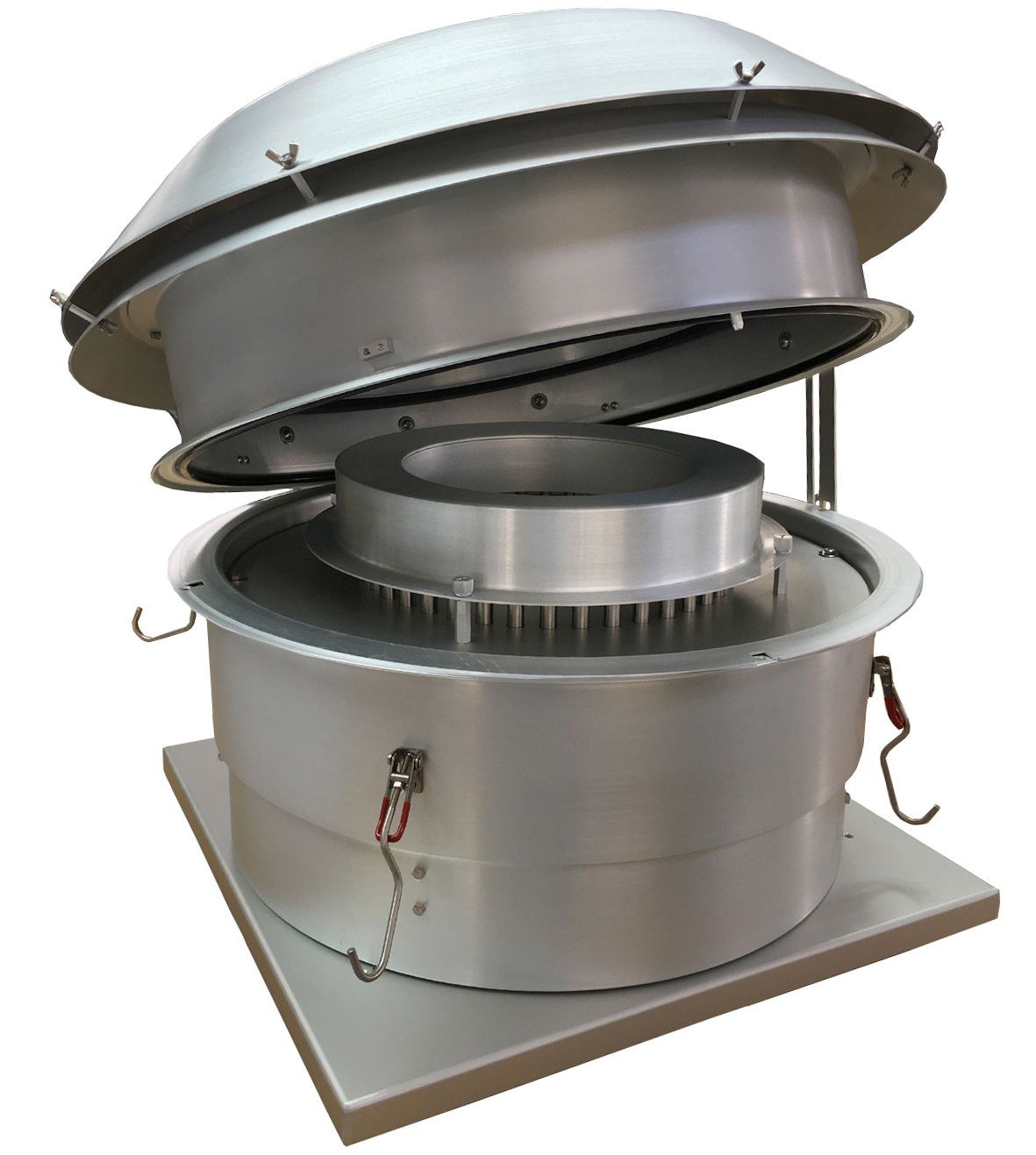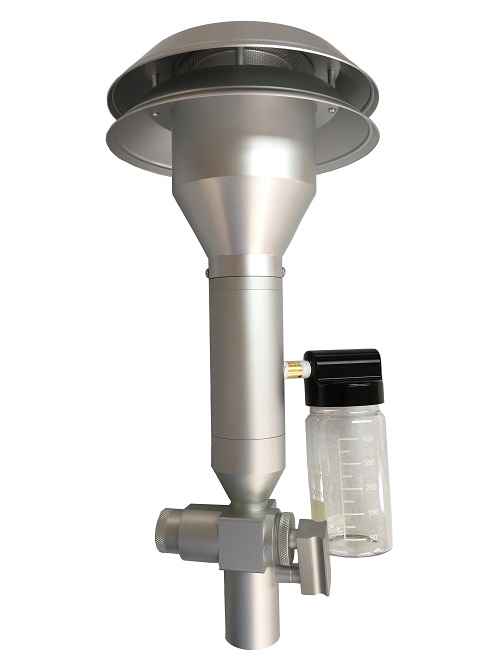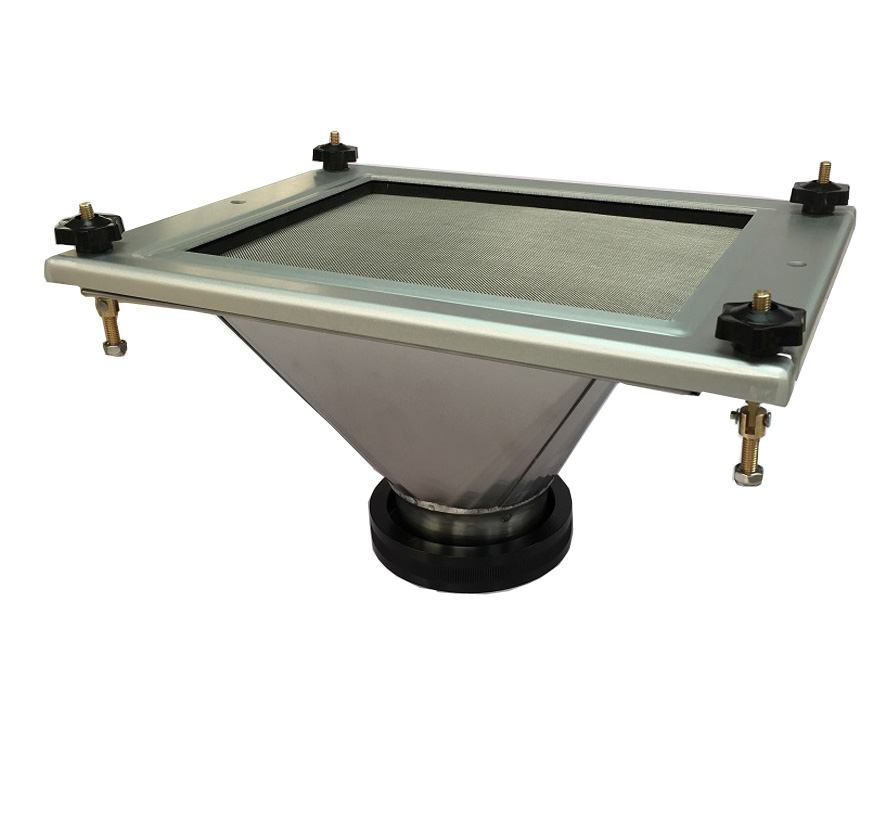When it comes to air pollution, one of the main concerns is the presence of particulate matter. These tiny particles can have adverse effects on our health, making it essential to find effective ways to filter them out. Two commonly used filters are PM 10 and PM 2.5 filters. However, many people wonder to know what are the differences between them. Keep reading this post and explore more about them.
What Is PM 10?
PM 10 refers to particulate matter with a diameter of 10 micrometers or smaller. These particles are small enough to be inhaled into the respiratory system. Dust from building sites, pollen, and bigger combustion particles from cars and industrial activity are all common sources of PM 10.
What Is PM 2.5?
PM 2.5, on the other hand, refers to particulate matter with a diameter of 2.5 micrometers or smaller. These particles are significantly finer than PM 10 and can enter the bloodstream and penetrate deep into the lungs. PM 2.5 is produced by combustion processes, automobile emissions, power plants, and wildfires.
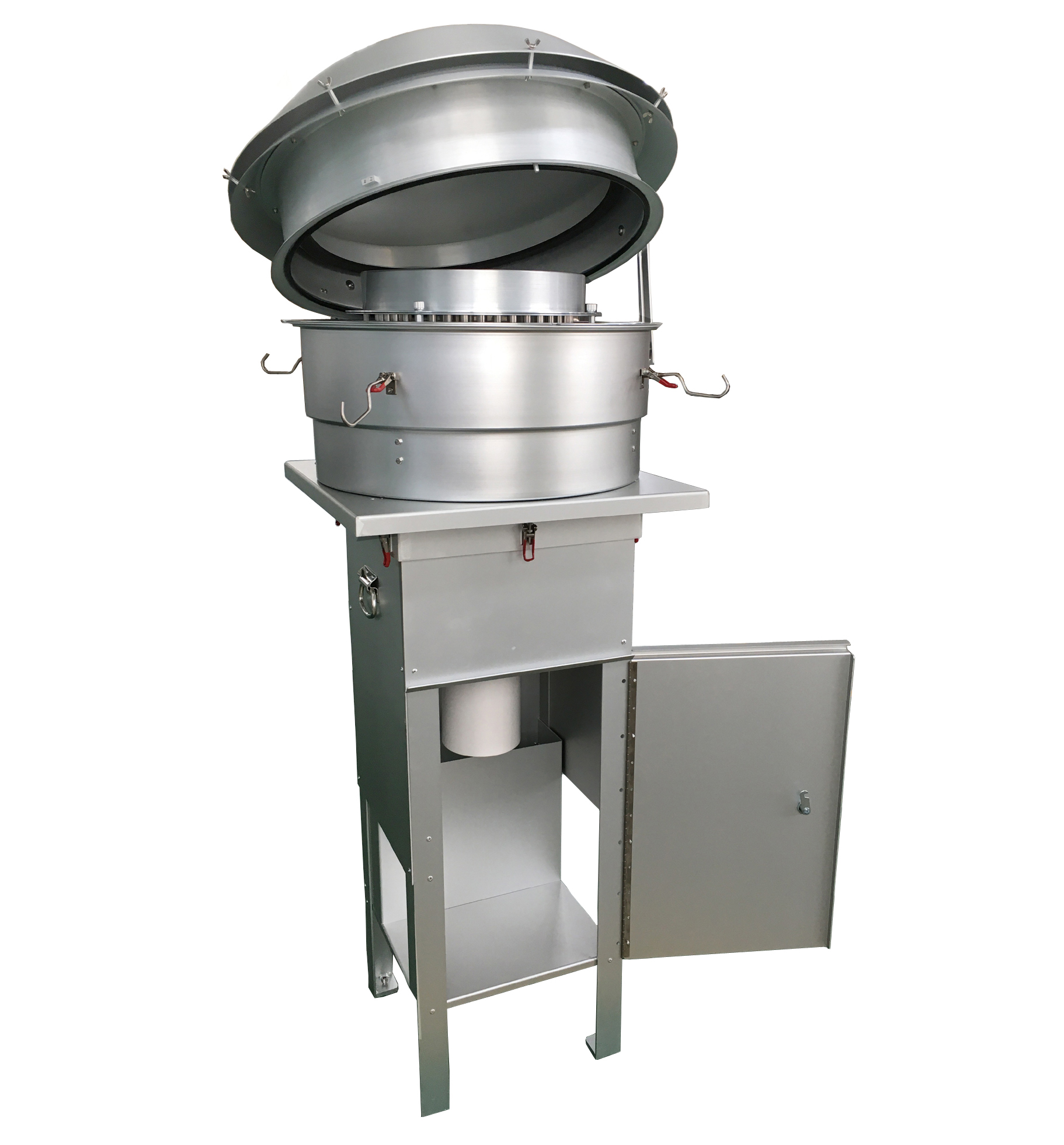
Cabinet For PM10 And PM2.5 Outdoor Air Sampling
Applications Of PM 10 And PM 2.5 Filters
When comes to applications, both of them are widely used in different places. Here are the differences as the following:
PM 10 Filters
Construction Sites: Construction sites are often associated with high levels of dust and particulate matter due to activities such as demolition, excavation, and material handling. PM 10 filters are often used on construction sites to reduce particle dispersion and enhance air quality for employees and neighboring communities.
Mining Operations: Significant volumes of dust and particle matter are produced during mining operations. PM 10 filters are employed in mining operations to mitigate the release of larger particles into the air and reduce the potential health risks to workers.
Industrial Environments: Industries such as manufacturing, power generation, and cement production can generate substantial amounts of particulate matter. In these industrial settings, PM 10 filters are employed to restrict the emission of bigger particles, guaranteeing compliance with air quality laws and protecting the health of employees and neighboring populations.
Urban Areas with High Dust and Pollen Levels: Urban areas with heavy traffic, construction, and green spaces often experience elevated levels of dust and pollen. PM 10 filters are used in the ventilation systems of buildings, workplaces, and schools in such locations to minimize the intrusion of bigger particles and allergens, hence fostering a better indoor environment.
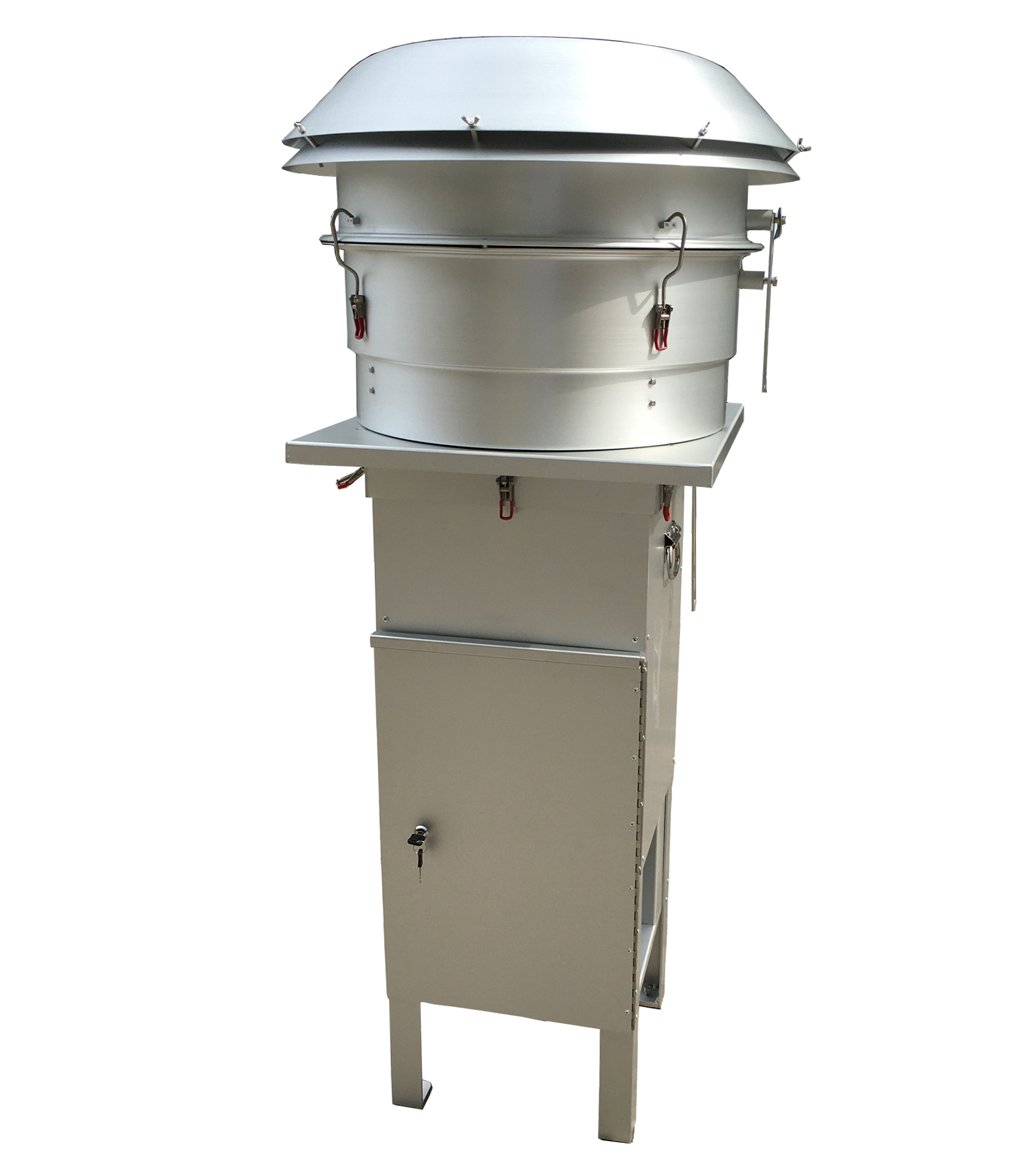
Cabinet For PM10 And PM2.5 Air Sampler Equipment
PM 2.5 Filters
Indoor Air Purification: PM 2.5 filters are highly effective at capturing smaller particles, including fine dust, allergens, and pollutants. These filters are often used in air purifiers and HVAC systems to enhance indoor air quality and produce a healthier breathing environment in residential, business, and healthcare environments.
Urban Homes and Apartments: Individuals living in densely populated metropolitan areas frequently suffer difficulties as a result of high levels of air pollution generated by car emissions and industrial operations. PM 2.5 filters are advised for houses and flats in these locations to minimize the concentration of fine particles and improve the quality of the indoor air.
Offices And Workspaces: Indoor air pollution can be a problem in office buildings and workstations, especially in metropolitan areas. Installing PM 2.5 filters in ventilation systems helps eliminate tiny particles such as printer emissions, carpet dust, and allergies, resulting in a more comfortable and healthier work environment.
Healthcare Facilities: Maintaining clean and sterile air in healthcare environments is critical for preventing the transmission of airborne diseases and ensuring the health of patients and healthcare staff. PM 2.5 filters are utilized in hospitals, clinics, and laboratories to capture finer particles and provide a higher level of air quality control.
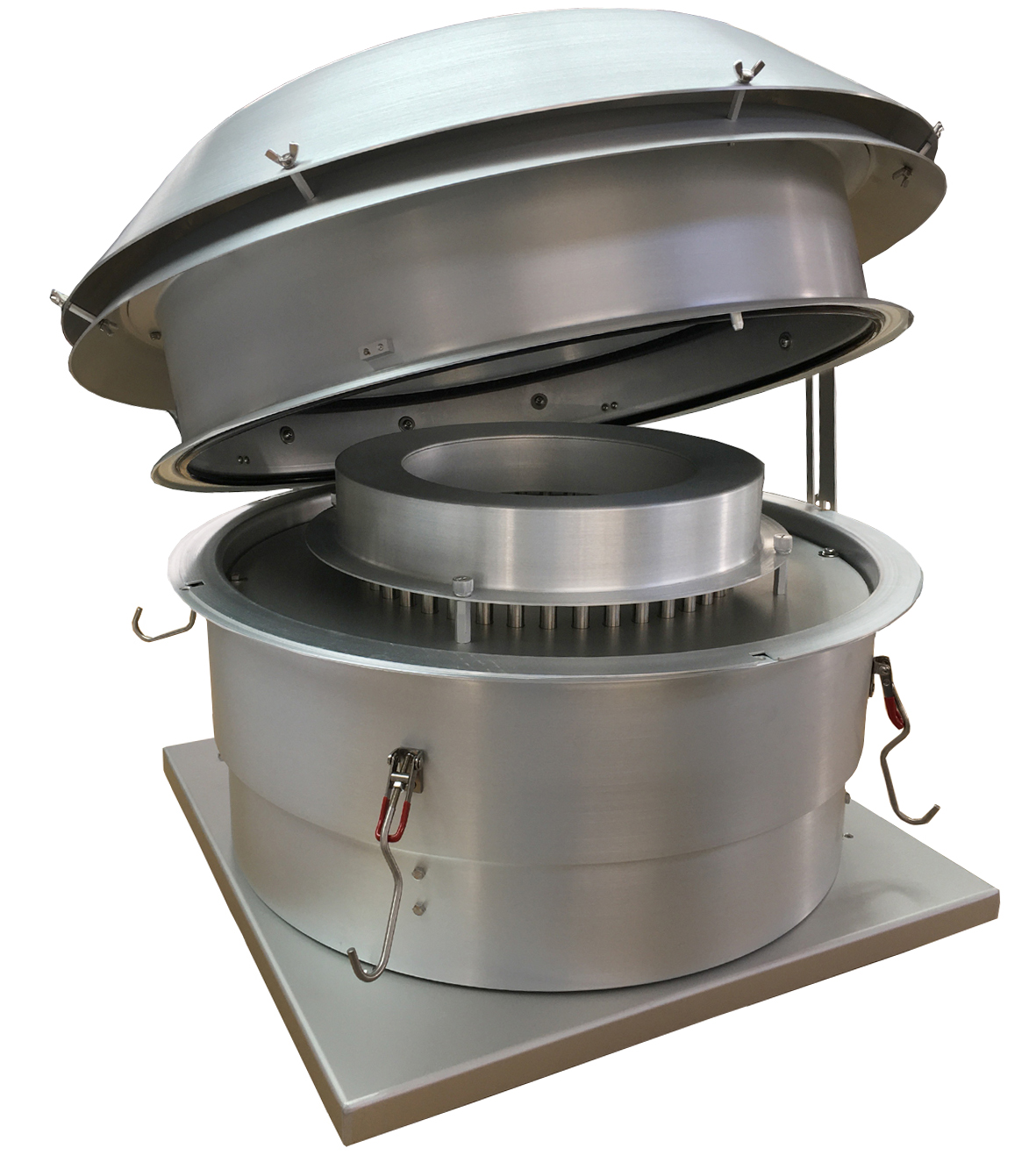
Outdoor Air Sampler With PM10 And PM2.5 Inlets Equipment
Choosing The Right Filter For Your Needs
When selecting between PM 10 and PM 2.5 filters, it is crucial to consider the specific air quality concerns of your environment. A PM 10 filter may be sufficient if you are primarily concerned about bigger particles. However, investing in a PM 2.5 filter is suggested if you want to target smaller particles and enhance indoor air quality.
Conclusion
PM 10 and PM 2.5 filters are both effective tools for reducing particulate matter in the air. While PM 10 filters are designed to capture larger particles, PM 2.5 filters are more efficient at removing finer particles that can have more severe health effects. If you are looking for the PM 2.5 and PM 10 filters, T4 AIR SAMPLER can help you.
We have more than 15years production experience in PM2.5 PM10 High volume air sampler metal housing, and have full set production equipment. Come and shop at the best price!


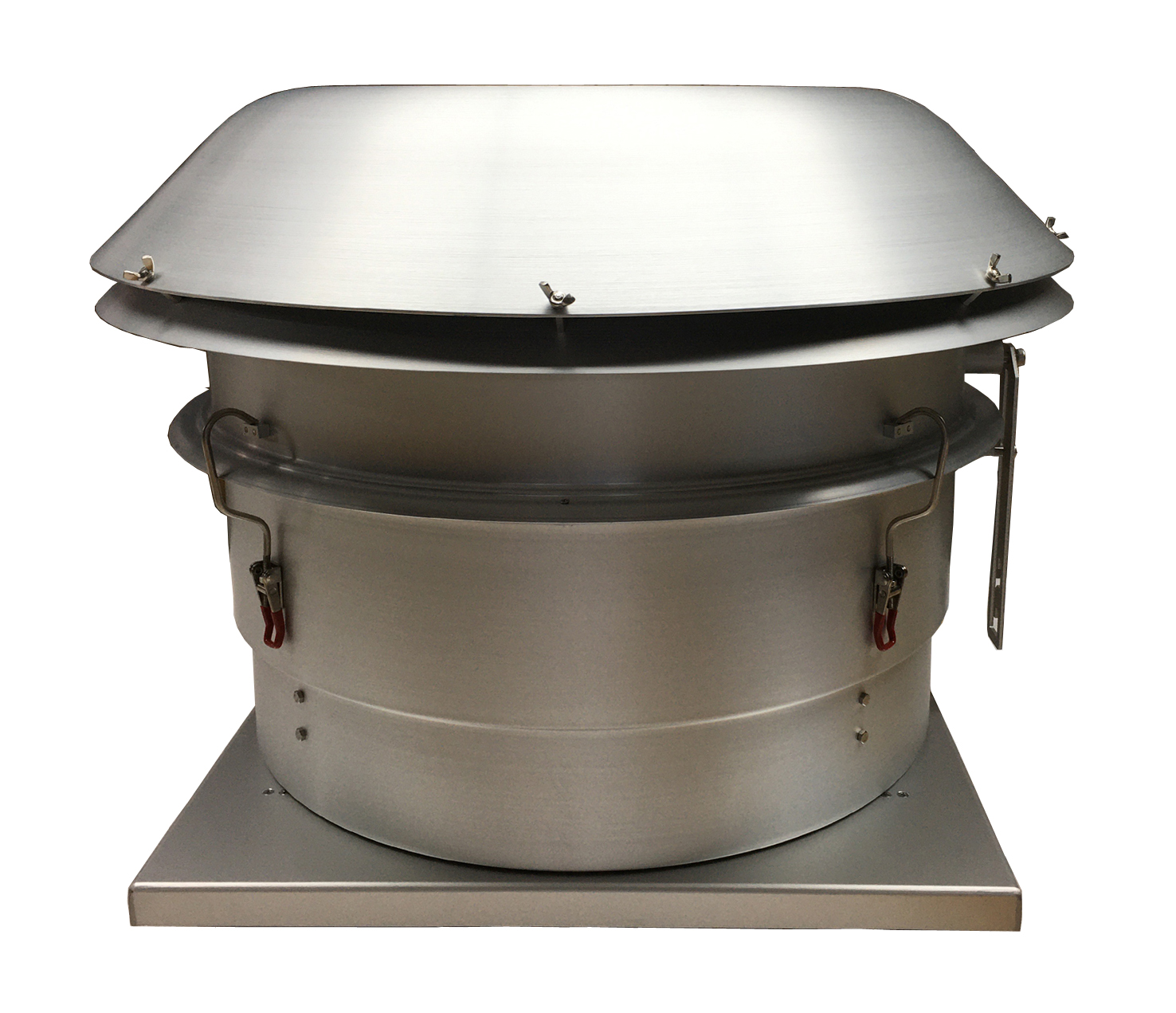
.jpg)
